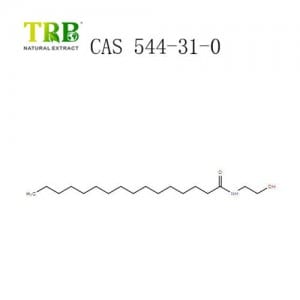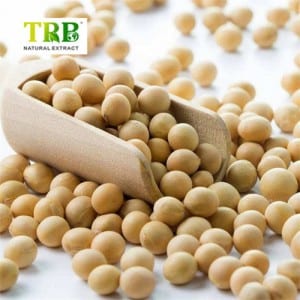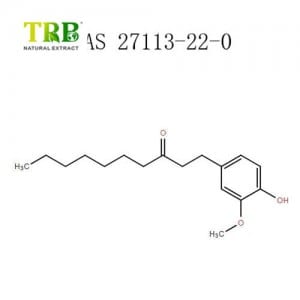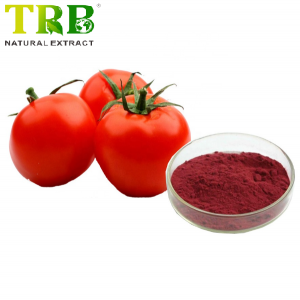Product Name:Palmitoylethanolamide
Other Names: Hydroxyethyl palmitamide,N-Palmitoylethanolamine,Palmidrol
Assay:99%
CAS No.:544-31-0
Molecular Weight: 299.5
Molecular Formula: C18H37NO2
Appearance:White Fine powder
Particle Size: 100% pass 80 mesh
GMO Status:GMO Free
Packing: in 25kgs fiber drums
Storage:Keep container unopened in cool, dry place,Keep away from strong light
Shelf Life:24 months from date of production
Palmitoylethanolamide (PEA) Supplement: Natural Support for Inflammation & Pain Relief
Introduction
Palmitoylethanolamide (PEA) is an endogenous fatty acid amide naturally produced by the body in response to inflammation and tissue damage . Extensively studied since the 1950s, PEA has demonstrated anti-inflammatory, analgesic, and neuroprotective properties in over 300 clinical trials . Unlike opioids or traditional NSAIDs, PEA works upstream by supporting healthy cellular function without addictive risks or severe side effects .
Key Benefits of PEA
- Pain Management:
- Reduces chronic pain intensity in conditions like sciatica, osteoarthritis, and neuropathic pain. In clinical trials, 81% of PEA users reported significant pain reduction (score ≤3/10) after 60 days .
- Effective for carpal tunnel syndrome, fibromyalgia, and post-surgical discomfort .
- Anti-Inflammatory Action:
- Modulates mast cell activity and downregulates pro-inflammatory cytokines (e.g., TNF-α, IL-6) .
- Supports PPAR-α receptor activation, regulating genes linked to inflammation resolution .
- Neuroprotection:
- Protects retinal cells in glaucoma and diabetic retinopathy .
- Reduces neuropathic pain by stabilizing astrocytes and neurons .
- Immune & Gut Health:
- Alleviates eczema symptoms by reducing pruritus and skin inflammation .
- Supports gut barrier integrity in preclinical models .
How PEA Works
PEA primarily targets nuclear PPAR-α receptors and interacts with GPR55/GPR119 receptors to:
- Inhibit mast cell degranulation and NF-κB signaling .
- Enhance endogenous cannabinoid activity (e.g., anandamide) for synergistic pain relief .
- Reduce COX-2 and iNOS expression, lowering oxidative stress .
Recommended Dosage
- Initial Phase: 600–1200 mg/day (split into 2–3 doses) for 2–4 weeks .
- Maintenance: 300–600 mg/day .
- Optimal Absorption: Take with meals containing healthy fats (e.g., avocado, olive oil) .
- Formulations: Choose micronized or LipiSperse®-enhanced PEA for 3x higher bioavailability .
Why Choose Our PEA Supplement?
- Clinically Validated: Backed by 21+ human trials demonstrating efficacy and safety .
- Superior Absorption: Utilizes LipiSperse® dispersion technology for optimal cellular uptake .
- Quality Assurance:Versatile Formats: Available in capsules, powders, and topical creams for targeted relief .
- Third-party tested for purity (>98%) and heavy metals .
- Produced in FDA/GMP-certified facilities .
Safety & Side Effects
PEA is well-tolerated with no serious adverse effects reported in long-term studies . Mild gastrointestinal discomfort may occur in sensitive individuals. Consult a healthcare provider if pregnant, breastfeeding, or taking immunosuppressants .
Conclusion
PEA offers a science-backed, natural approach to managing inflammation and chronic pain. With proven efficacy in diverse conditions—from neuropathy to eczema—it’s a versatile addition to holistic health regimens. For optimal results, pair our high-absorption PEA with a balanced diet and active lifestyle.
Ready to Experience Relief?
Click below to explore our premium PEA formulations, or contact our team for personalized dosing guidance.
Keywords: Palmitoylethanolamide, PEA benefits, chronic pain relief, anti-inflammatory supplement, micronized PEA, LipiSperse technology.







